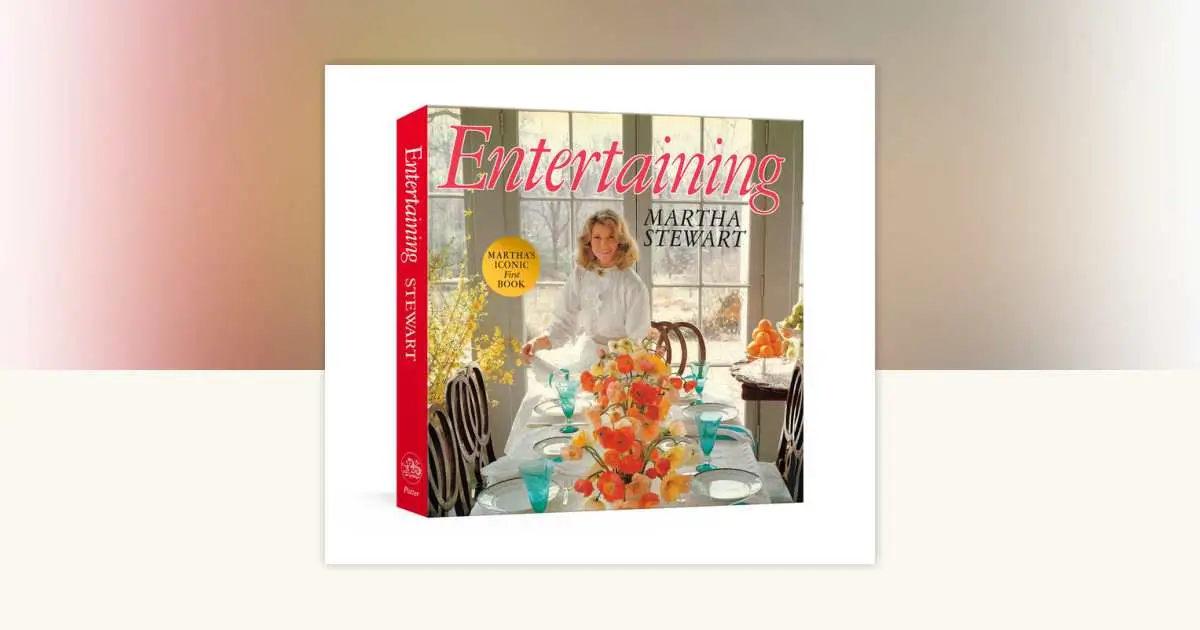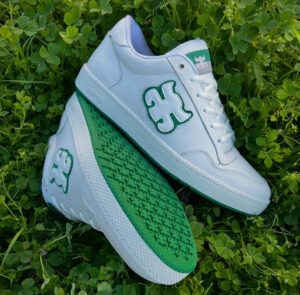At the 2025 Bahrain Grand Prix, the roar of engines wasn’t the only thing turning heads. Amid the dust and heat of the Formula 1 circuit, two unlikely fashion icons made a quiet statement with a lineup of spring-ready looks that felt both refreshingly grounded and subtly luxurious. Princess Beatrice and Princess Eugenie, daughters of Prince Andrew and Sarah Ferguson, stepped out in style that blended the thrill of sport with the polish of modern royalty. But what made their appearances different this time wasn’t just their presence at one of the world’s fastest-paced sporting events—it was what they wore.
Instead of traditional British labels or high-end couture, the York sisters leaned into something far more unexpected: accessible fashion. Brands like Sézane, Zara, and Reformation dominated their wardrobes. In a sea of designer-clad influencers and celebrity guests, their choices stood out not for their price tags but for their intentionality. These weren’t passive outfits. They were style statements that signaled a shift—a new era of royals engaging directly with the public through wearable, relatable fashion.
Let’s break it down.
A Spring Reset: Why Bahrain, Why Now?
Bahrain’s Grand Prix has steadily become more than just a motorsport fixture. In recent years, it’s emerged as a kind of unexpected style arena—a place where global personalities mix luxury with edge, traditionalism with trend. For Princess Beatrice and Princess Eugenie, showing up here wasn’t just about enjoying a race weekend. It was a way to reframe their presence on the global stage, far from the formal pressures of Buckingham Palace.
This was a calculated reset. Both sisters have been stepping out with more confidence in recent years—Beatrice balancing motherhood and charitable work, Eugenie continuing her efforts in environmental activism and anti-slavery initiatives. Their presence in Bahrain reflected a growing royal strategy: show up in spaces where tradition meets culture, and do so in a way that speaks to the modern era.
And there’s no better time than spring to debut a new style sensibility.
Beatrice in Sézane: Parisian Ease Meets Princess Structure
Princess Beatrice has long leaned into a romantic, slightly vintage style—often gravitating toward A-line dresses, puff sleeves, and classic tailoring. At the Grand Prix, she softened that aesthetic while still maintaining her signature grace. Her first look—a pale yellow Sézane midi dress—offered a breezy alternative to the buttoned-up stiffness sometimes associated with royal fashion.
Sézane, a Parisian brand celebrated for its elevated basics and conscious production practices, gave Beatrice the perfect blend of polish and ease. The dress featured a cinched waist, flutter sleeves, and a gently tiered hemline—ideal for the desert heat yet sophisticated enough for VIP paddock access. She paired it with cream espadrille wedges and a woven raffia clutch, making it clear she understood the location’s laid-back luxury code.
More than just fashion, this was strategy. Choosing Sézane sent a subtle signal: she’s attuned to sustainability, she’s fashion-conscious, but she’s not here to flaunt. She’s here to participate.
Eugenie in Reformation: Bold Prints, Soft Statements
Princess Eugenie took a slightly bolder approach, sporting a series of floral-printed midi dresses from Reformation, the Los Angeles brand known for balancing trendiness with eco-conscious values. One standout piece: a ruched, sweetheart-neckline dress in a crimson and lilac poppy print that flattered her figure while keeping things playful.
Unlike the predictable pastels often seen on royal women during spring events, Eugenie’s color palette felt more dynamic—saturated reds, moody pinks, and earthy greens. This decision mirrored her public identity: the “relatable royal” with an activist streak and a clear sense of individuality.
Her styling was effortless but deliberate. Chunky gold hoops. Leather mules. Hair tucked behind one ear with minimal fuss. It wasn’t fussy. It wasn’t theatrical. It was cool.
Reformation isn’t an accident, either. The brand’s emphasis on traceable fabrics, recycled materials, and small-batch production aligns with Eugenie’s environmental advocacy. By wearing it at such a visible event, she bridges fashion and values—a potent combination for a younger audience who increasingly expects their public figures to mean something.
The Zara Moment: Accessibility as Intentional Fashion
Perhaps the most buzzed-about moment came when Beatrice appeared on day two of the Grand Prix in a white Zara blazer dress with gold buttons and a sharp lapel. Crisp, tailored, and undeniably chic, it looked more “runway” than “rack”—until someone zoomed in on the label.
Zara. Under $100.
It sent social media into a minor tailspin. Why would a royal wear Zara to a globally photographed event?
The answer is layered. For one, Zara has become something of a secret weapon in royal wardrobes for years. Kate Middleton famously pairs its coats with designer accessories. Queen Letizia of Spain has worn Zara heels to state events. But Beatrice’s use of it here was different—it was center stage, not background support.
The choice reflected a new awareness of image-making in the social media age. Wearing Zara wasn’t a compromise. It was an active choice to appear grounded, relevant, and unpretentious. At a time when the monarchy is scrutinized for extravagance, outfits like this say: “I see you. I’m not above you.”
Royal Women and the Power of Mid-Range Fashion
There’s something powerful about seeing women born into royalty choosing to wear clothes you can buy off the rack. It flattens the hierarchy just a little. It signals a version of power that isn’t built solely on exclusivity. And for Beatrice and Eugenie—who have often been overlooked or underestimated within royal circles—it’s a way to rewrite the narrative.
By choosing mid-range brands with strong identities—Sézane’s French cool, Reformation’s LA edge, Zara’s rapid adaptability—they’re building style profiles that are both democratic and strategic. They’re showing young royal watchers that you don’t need couture to make an impression. You need taste.
And in doing so, they’re offering a kind of quiet rebellion. Not against tradition, exactly, but against outdated expectations of what royalty should look like.
A Long Road to Style Cred
Let’s not pretend the York sisters have always been fashion darlings. Both Beatrice and Eugenie were once better known for their bold—and sometimes baffling—hat choices at royal weddings than for trendsetting style. But over the past five years, that perception has shifted.
They’ve both shed the overly styled looks of their early twenties. They’ve refined their silhouettes, toned down the colors, and started leaning into strong but soft tailoring. Their style evolution mirrors their growing roles as independent, working women navigating motherhood, public life, and philanthropy.
Events like the Grand Prix, which sit outside the formal royal calendar, give them the freedom to experiment. There are no tiaras. No protocols. Just the desert sun, the hum of engines, and a crowd that’s paying attention.
Behind the Brands: Why These Labels Matter
Let’s take a moment to talk about the brands themselves. The fact that Sézane, Reformation, and Zara were the leading names in Beatrice and Eugenie’s wardrobes is not just a coincidence—it reflects where fashion is headed.
- Sézane: Founded in 2013 by Morgane Sézalory, the Paris-based label has become a staple for women who want to look polished without feeling overdone. The brand is B-Corp certified and places heavy emphasis on eco-responsibility.
- Reformation: A leader in sustainable fashion, Reformation has moved from LA cool-girl label to a globally recognized powerhouse. It champions transparency, local manufacturing, and smart fabric sourcing.
- Zara: Still the fastest-moving player in global fashion, Zara’s accessibility and sharp design instincts make it a go-to for women who want style without the splurge.
That the York sisters are aligning themselves with these labels—intentionally or not—places them in the center of a cultural conversation about what fashion should be: inclusive, thoughtful, expressive.
A Fashion Moment, or a Movement?
At first glance, two royal sisters dressing well at an F1 event might not seem like news. But in the context of a changing monarchy, a shifting fashion landscape, and the rise of social media micro-analysis, these moments matter more than ever.
Princess Beatrice and Princess Eugenie didn’t just wear nice clothes in Bahrain. They told a story—about modern royalty, about sustainability, about individuality. They looked like women who know who they are, what they want to say, and how to say it without shouting.
Their choices remind us that fashion, even at an event dominated by speed and spectacle, can still be thoughtful. Still intentional. Still royal.
Even when it comes with a Zara label.
No comments yet.








